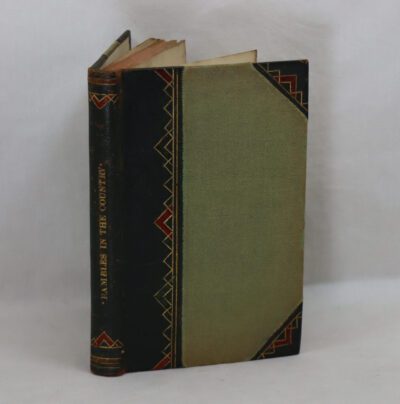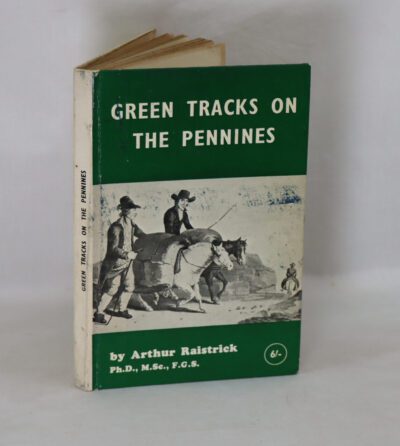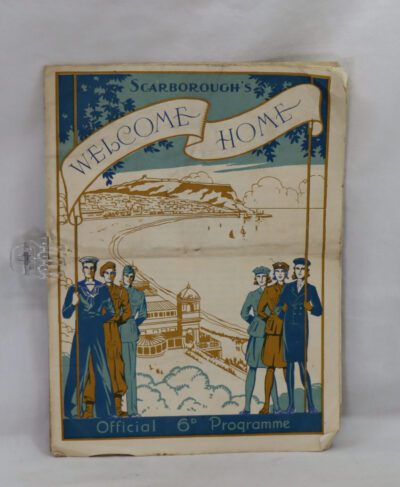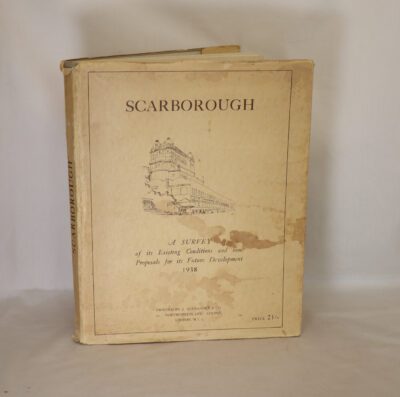The Admiralty Regrets ...
By C E T Warren & James Benson
Printed: 1958
Publisher: George Harrap & Co. London
Edition: First edition
| Dimensions | 15 × 22 × 3 cm |
|---|---|
| Language |
Language: English
Size (cminches): 15 x 22 x 3
Condition: Fine (See explanation of ratings)
Item information
Description
In the original dustsheet. Green cloth binding with gilt title on the spine.
F.B.A. provides an in-depth photographic presentation of this item to stimulate your feeling and touch. More traditional book descriptions are immediately available.
A collector’s copy of this important book: as a young boy I well remember my elderly Laird aunts discussing this tragedy, one of the worse experienced locally by a Cammell Laird ship – Martin Frost
An excellent book and the first to record and detail the tragic sinking of HMS Thetis. The account was written by two experienced submariners, my father CET Warren and James Benson and unlike certain accounts that followed, these two men actually knew what they were talking about and were familiar with the conditions and rigours of submarine life. The authors received no help from The Admiralty in researching their book as they were highly critical of the failure of the establishment to assist in the immediate rescue of the crew.
HMS Thetis (N25) was a Group 1 T-class submarine of the Royal Navy which sank during sea trials in Liverpool Bay, England on 1 June 1939. After being salvaged and repaired, the boat was recommissioned as HMS Thunderbolt in 1940. It served during the Second World War until being lost with all hands in the Mediterranean on 14 March 1943.
The Thetis accident happened after the inner hatch on a torpedo tube was opened while the outer hatch to the sea was also open. Four men successfully used the sub’s one-man escape chamber before a fifth panicked and jammed it. A total of 99 men died as a result. The sinking led to the redesign of all torpedo tubes on British and Australian submarines. A latch, known as the “Thetis clip”, was added to the inner torpedo tube door so it could be fractionally opened to check the tube was not open to the sea before being fully opened.
Want to know more about this item?

Related products
Share this Page with a friend











